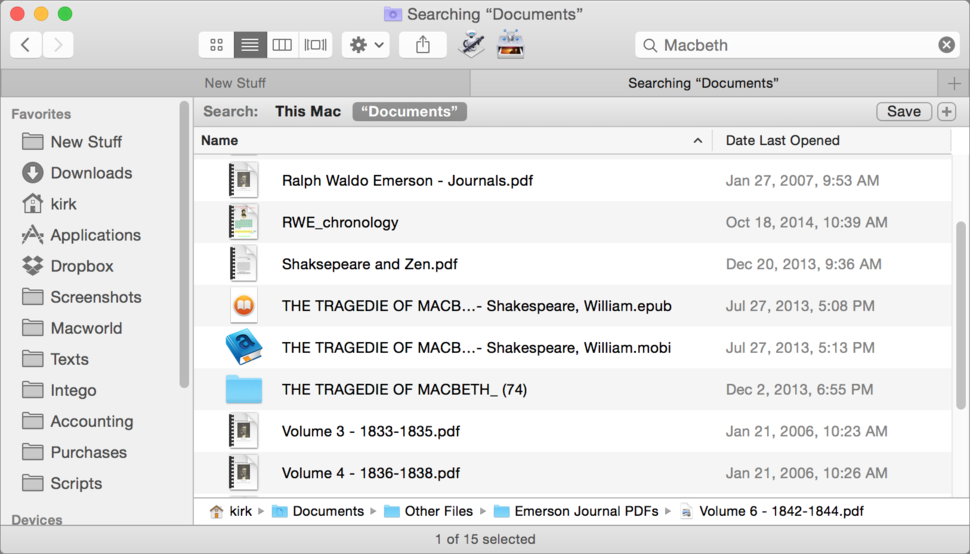How To Create Keyboard Shortcut For Advanced Find Word For Mac 2017

To use this Office keyboard shortcut, you must first turn off the Mac OS X keyboard shortcut for this key. On the Apple menu, click System Preferences. Under Hardware, click Keyboard. Using keyboard shortcuts is one of the best ways to save time when working on your PC. Windows makes it easy to create keyboard shortcuts (ex: CTRL+ALT+W to open Word) that launch your favorite.
A v converter for mac. The following are some of the reasons that explain this: • Keyboard shortcuts are extremely useful for purposes of improving your speed and productivity when working with Excel. Not knowing the right keyboard shortcut means that, instead of quickly typing the relevant key combination, you need to (i) lift your hand from the keyboard, (ii) reach for the mouse in order to do what you want, and (iii) return to the keyboard. • In the most recent versions of Excel, keyboard shortcuts allow you to work with virtually every command or feature by using the keyboard. • Regardless of your level of Excel knowledge, you can always learn a new shortcut and, considering the huge amount of Excel keyboard shortcuts that you have available, is likely that you'll never memorize them all. I have already created, and update from time to time, one of the most comprehensive lists of keyboard shortcuts available online.
As a consequence of this characteristic, you can add or remove commands from it. • Characteristic #2: You can easily access the commands in the Quick Access Toolbar using keyboard shortcuts. The reason for this is that Key Tips (which I introduce above when talking about Ribbon keyboard shortcuts) also help you to access any command within the Quick Access Toolbar.
Something you can't normally do in Excel. #8 – Go To a Range from a Formula When editing formulas with range references on other sheets, it can sometimes be difficult to navigate to those sheets to find the range. Especially when your workbook has a lot of sheets. One quick tip to navigate to a range on another sheet is to: • Select the sheet and range reference in the formula with the screentip hyperlink. • Press F5 or Ctrl+G on the keyboard to open the GoTo Window.
• Step #2: Once the drop-down list is expanded, choose any of the different subsets that are listed. The list normally includes the following categories or subsets: Popular Commands (shown by default) Commands Not in the Ribbon, All Commands, Macros, commands from the Backstage View (File tab) or a particular (main) Ribbon tab (Home, Insert, Draw, Page Layout, Formulas, Data, Review, View, Developer and Add-ins), commands from contextual tabs related to a particular tool or feature (SmartArt, Charts, Drawing, Picture,, Header & Footer, Tables, PivotCharts, Ink, Sparklines, Timelines, Slicers, Search, Query and Equations), or commands from the Print Preview and Background Removal tabs. Step #3: Add A Command To The Quick Access Toolbar Once you've chosen the subset of commands you want to work with, the actual commands you can choose to add to the Quick Access Toolbar are displayed in the Choose commands from list box.
Press Ctrl+Enter to keep the same cell selected. #3 – Ctrl+T to Create a Table If you are using Excel Tables then you won't need the Ctrl+Enter shortcut as often. That's because Excel Tables automatically fill the formulas down a column for you. It's just one of the many great benefits of using Excel Tables. I'm a huge fan of them. The keyboard shortcut to format your data as a Table is Ctrl+T.